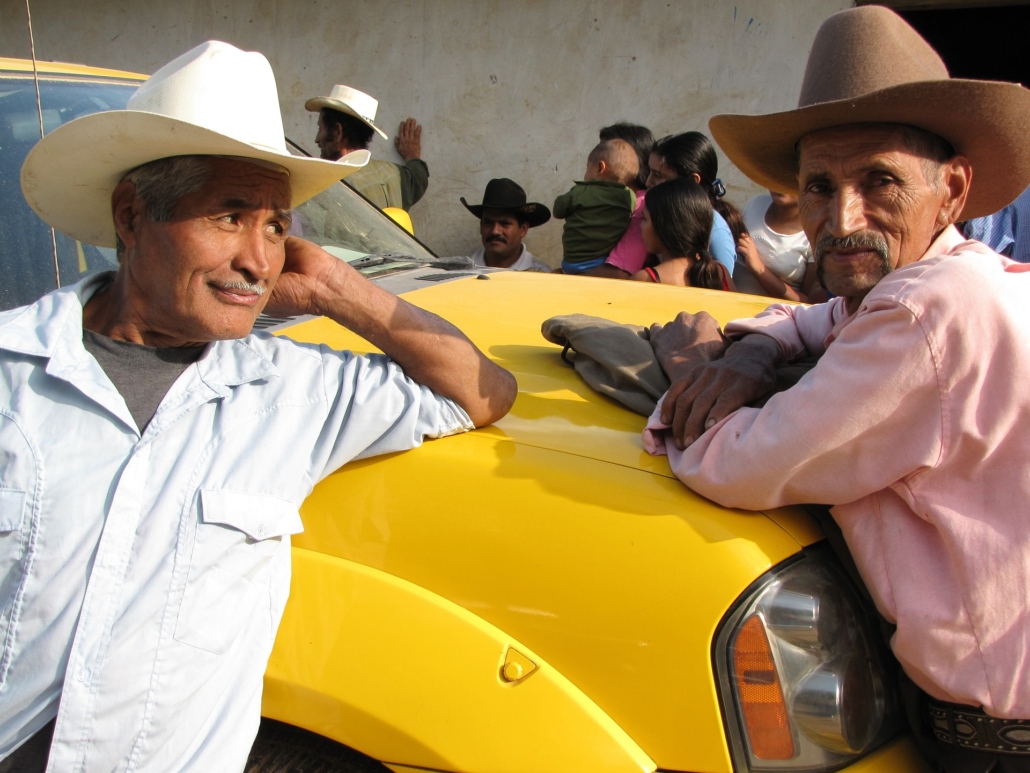HIV/AIDS in Honduras

With a population of more than 10 million, Honduras is the second-largest country in Central America but it has the highest prevalence of HIV/AIDS cases in the region. Since its first cases in 1985, the disease has quickly become an epidemic, causing up to 1,000 deaths per year and leaving as many as 16,000 orphans as of 2021.
Reasons for High HIV/AIDS Rates
The spread of HIV/AIDS in Honduras is largely due to a lack of awareness, education and health care. USAID reports that only 65% of women reported using condoms as a preventative measure and 90% of women faced at least one obstacle in accessing health care. More than half a decade later, in 2012, only 61% of individuals reported having used a condom during their last sexual encounter with a high HIV-risk partner and 32% used this protection the last time they paid for sex. Just 57% of HIV-positive individuals were aware of their condition, according to a 2021 report. Delayed detection and lack of treatment allow the disease to spread, often unnoticed, through communities, via intercourse, mother-to-child transmission and infected blood.
The Effects of HIV/AIDS
HIV/AIDS is primarily dangerous for its weakening of the immune system, making the carrier vulnerable to other infectious diseases, such as tuberculosis (TB), one of the main causes of death of HIV carriers in Honduras. Approximately 13% of TB patients in Honduras have HIV, according to USAID.
After diagnosis, carriers often face stigmatization and discrimination from their community. The 2005–2006 Honduras Demographic and Health Survey (DHS) showed that only 46% of women would buy produce from an HIV-positive vendor and only 56% believed an infected teacher should be able to continue his profession. Unemployment and poverty further marginalize these individuals, USAID reports. As three-quarters of HIV infections in Honduras occur in its most economically active population, the age group of 20 to 39, the economic growth of communities and the nation as a whole is impeded.
In some cases, HIV/AIDS infections have led to human rights abuses in the form of involuntary sterilization. A 2018 City University of New York (CUNY) research study presented the case studies of two women seeking asylum in the U.S. to avoid sterilization on the basis of their diagnosis.
The Most Affected
Higher rates of HIV/AIDS exist among Honduras’ more vulnerable communities, such as female sex workers, gay men and Garífuna communities. Although neither homosexuality nor sex work is illegal, both communities report regular harassment and stigmatization and these disadvantages are subsequently amplified upon diagnosis, according to The Global Fund report.
The Afro-indigenous ethnic group, the Garífuna, reported a rate of HIV infections “over three times the national average,” largely because of the high levels of migration which facilitates sexual concurrency and the risk of contracting a sexually transmitted infection (STI).
Efforts to Fight the Epidemic
Internal and external efforts to combat HIV/AIDS in Honduras have shown consistently positive results. Plans have primarily focused on promoting education surrounding sexual and reproductive health, expanding STI treatment and prevention, providing access to antiretroviral therapy (ART) and increasing surveillance and research. HIV/AIDS incidence has fallen from 0.7% in 2007, according to USAID, to 0.2% in 2021. AIDS-related deaths also fell from 40 per 100,000 in 2002 to 7 per 100,000 in 2020.
The PEPFAR provided AIDS-related support to more than 30,000 Hondurans in 2022 alone and identified 1,190 undiagnosed individuals, who were then able to seek treatment. The nonprofit organization Project HOPE has worked in Honduras since 1984 to support the eradication of HIV/AIDS-related deaths. This progress is ongoing.
Additionally, The Global Fund recently achieved a U.S. grant of up to $19.1 million for Honduras for 2022-2025. Its aims include reducing deaths from AIDS-related causes by 50% and reducing HIV prevalence among men who have sex with men to 5% or lower.
The Future
There is still far to go in the fight against HIV/AIDS in Honduras and unforeseen challenges such as natural disasters and the COVID-19 pandemic threatens disruption to HIV/AIDS treatments and preventative programs. Nevertheless, progress is visible and ongoing. Improved access to critical treatment means a diagnosis is no longer a death sentence.
– Helene Schlichter
Photo: Pixabay
